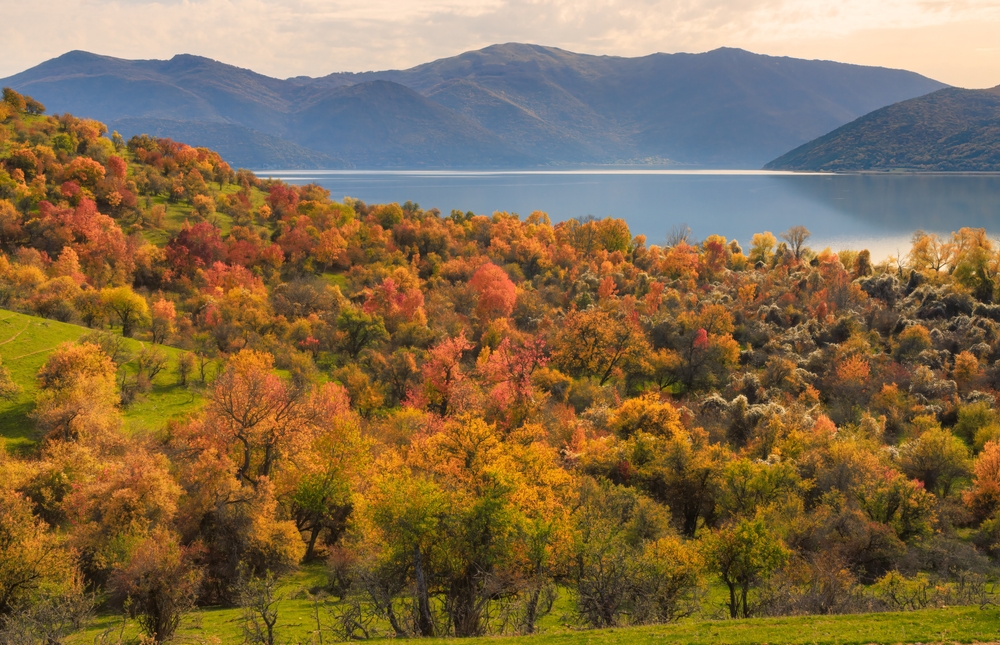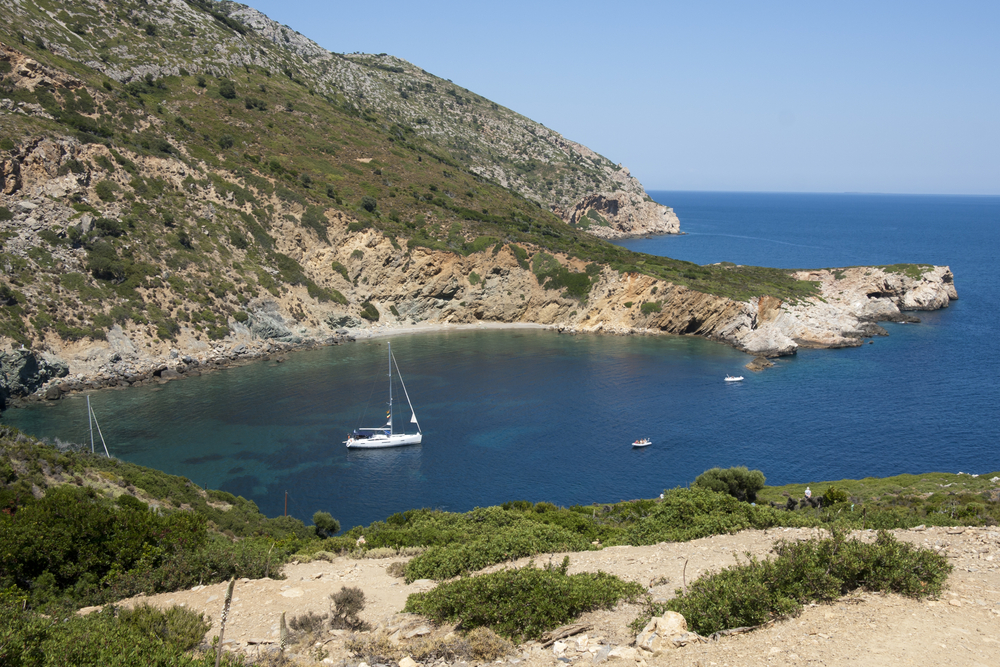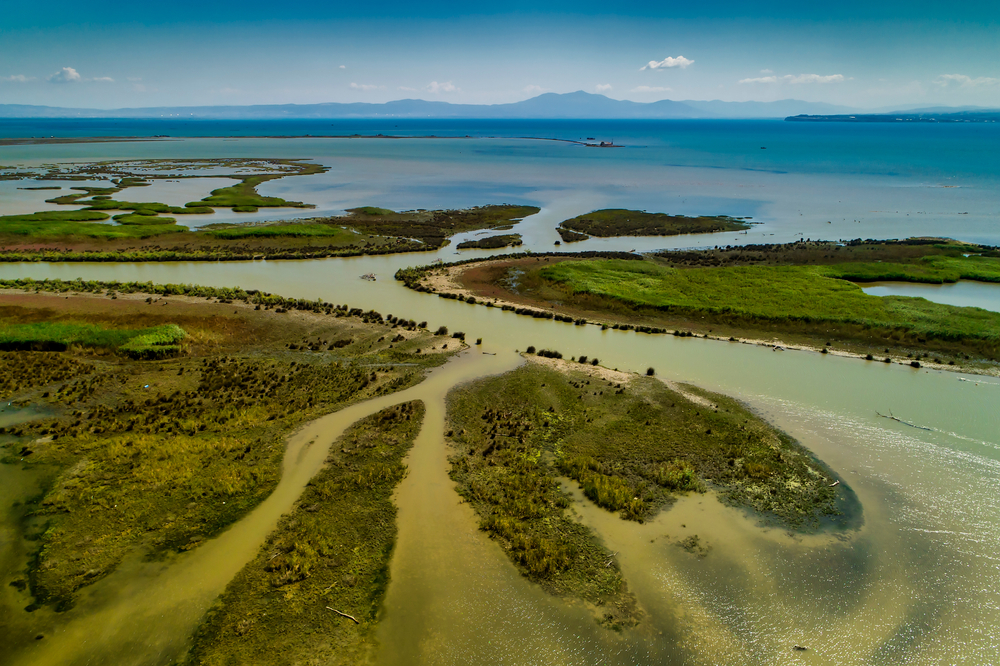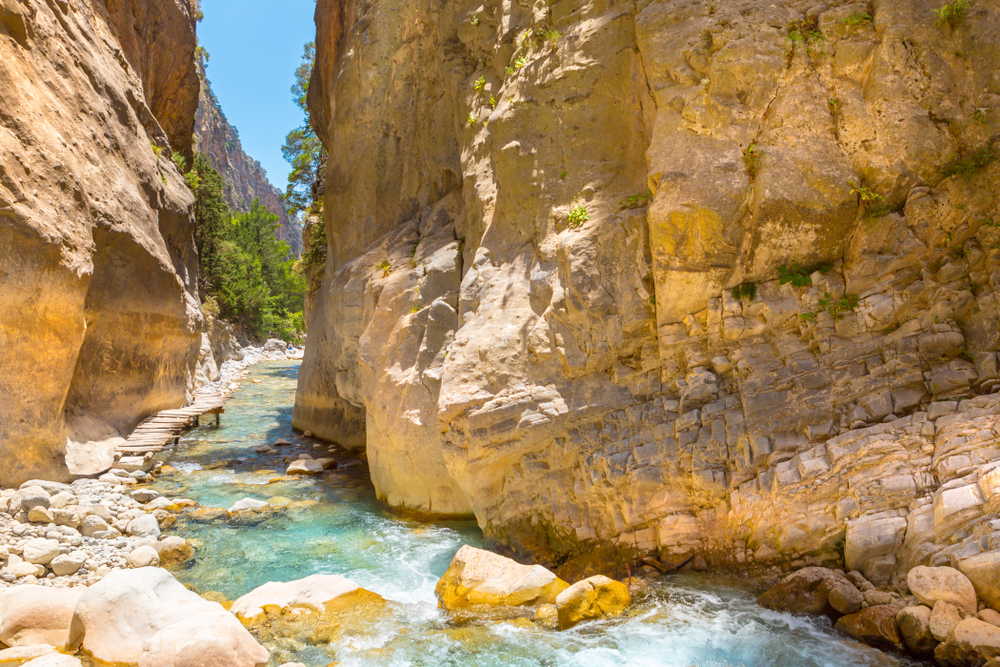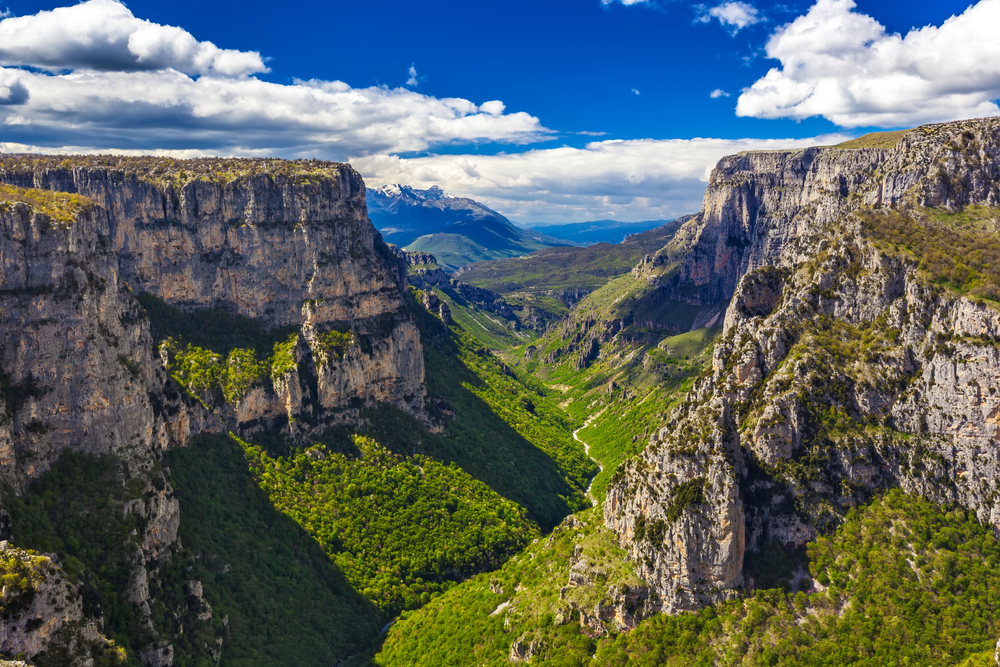Lake Prespa Overview
Lake Prespa National Park, known locally as Parku Kombëtar i Prespës, is a protected area in southeastern Albania, covering approximately 195 square miles (506 square kilometers).
The park is part of the larger transboundary Prespa region, which includes neighboring national parks in Greece and North Macedonia. Situated in the Korçë County, this park is centered around the ancient and ecologically significant Prespa Lakes, which consist of Great Prespa Lake and Small Prespa Lake.
These lakes, among the oldest in Europe, have existed for millions of years and hold a unique biodiversity that attracts scientists, conservationists, and nature enthusiasts alike.
The park’s terrain is diverse, featuring a combination of mountainous landscapes, dense forests, and vast wetlands. The lakes, fed by underground springs, are surrounded by steep limestone and granite mountains, such as Mali i Thatë, which reaches 7,290 feet (2,222 meters) in elevation.
These rugged mountains create a dramatic contrast with the lake’s serene, blue waters. The park also includes a mix of grasslands and old-growth forests dominated by beech, oak, and pine trees, with a notable presence of juniper and endemic Balkan flora. The wetlands along the lake are crucial habitats for various aquatic plant species, contributing to the park’s ecological richness.
Lake Prespa National Park is home to a remarkable diversity of wildlife, with many species endemic to the Balkan Peninsula. The lakes and surrounding wetlands provide a vital refuge for the Dalmatian pelican, one of the world’s rarest pelican species, alongside the great white pelican. Birdwatchers often visit the park to observe over 270 recorded bird species, including herons, eagles, and kingfishers.
The mammal population includes brown bears, wolves, and Balkan lynx, an elusive and endangered subspecies that finds shelter in the park’s remote forests. Roe deer, wild boars, and red foxes are also commonly spotted within the woodlands and meadows. Amphibians and reptiles, including the Balkan pond turtle and various endemic frog species, thrive in the park’s wetlands.
One of the park’s most famous features is the small island of Maligrad, situated in Great Prespa Lake. The island is home to the 14th-century Church of St. Mary, built inside a cave and adorned with medieval frescoes. Visitors can also explore the traditional villages surrounding the lakes, such as Pustec, which provide insight into the region’s rich cultural and historical heritage.
The park is a prime destination for kayaking and canoeing, allowing visitors to navigate the tranquil waters while taking in the breathtaking scenery. Hiking and mountain biking trails lead through dense forests and up to panoramic viewpoints, such as those on Mali i Thatë, offering sweeping vistas of the lakes and surrounding mountains. Birdwatching, particularly in the wetland areas, is a major draw, with guided tours available for enthusiasts hoping to spot rare and migratory species.
Conservation efforts within the park have been significant, particularly in protecting the fragile wetland ecosystems and endangered species like the Dalmatian pelican and Balkan lynx. However, challenges persist, including habitat degradation due to agricultural expansion, illegal fishing, and water pollution from surrounding human activity.
Despite these threats, the park’s inclusion in international conservation programs and its recognition as a UNESCO Transboundary Biosphere Reserve have contributed to significant ecological restoration projects. Efforts by local and international conservation groups have led to habitat restoration initiatives, stricter fishing regulations, and increased awareness of the park’s biodiversity.
The collaboration between Albania, Greece, and North Macedonia in preserving the Prespa region has been recognized as a successful model for transboundary conservation.








































































